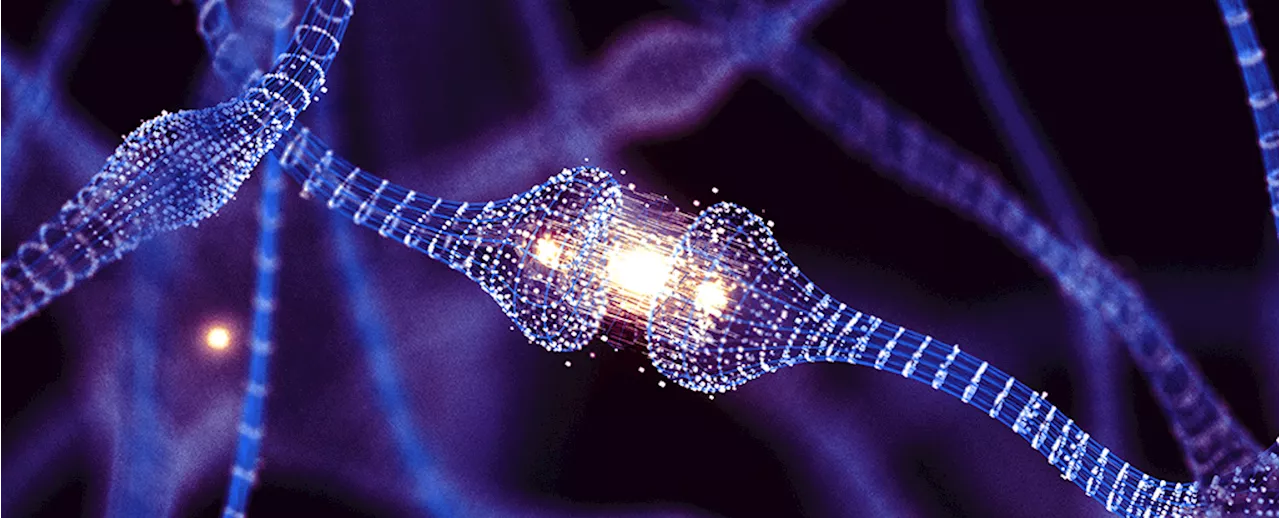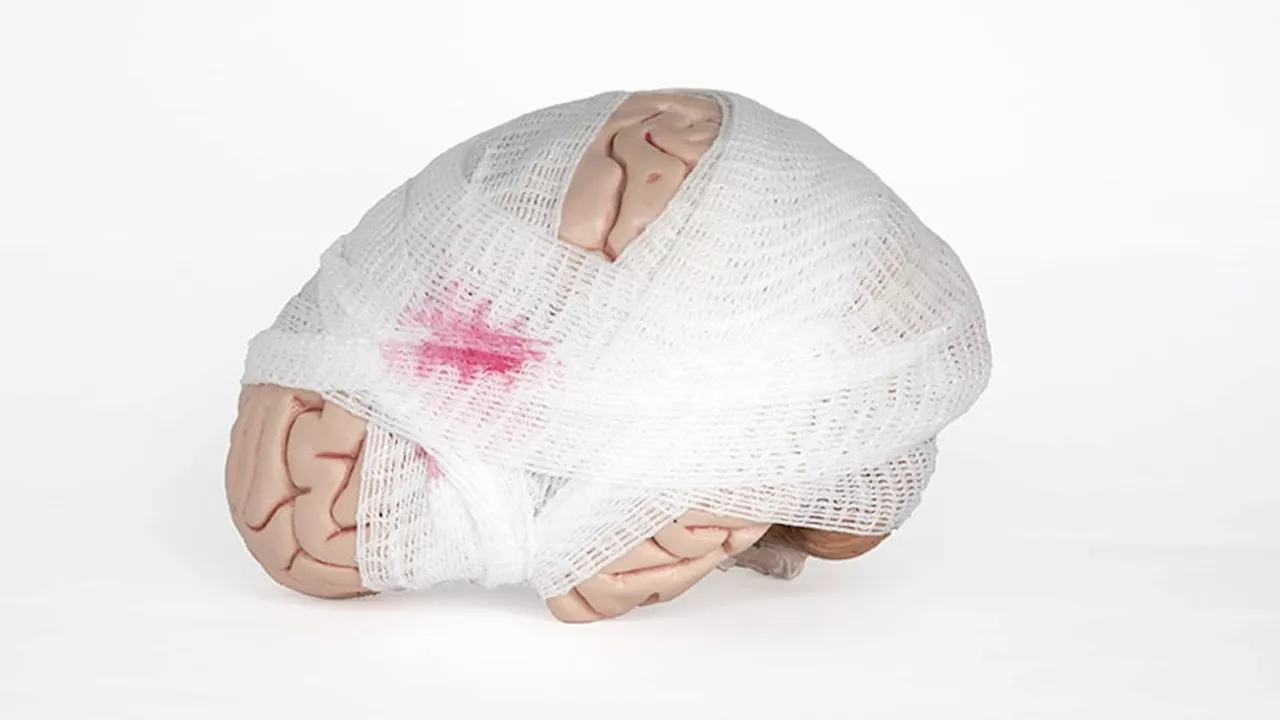A new study suggests that mild traumatic brain injury (TBI) can reactivate dormant herpes simplex virus type 1 (HSV-1) in the brain, potentially contributing to Alzheimer's disease (AD) pathology. Researchers used a 3D human brain tissue model to demonstrate that a mechanical jolt simulating concussion reactivated HSV-1, leading to AD-related markers like neuroinflammation and amyloid beta production.
Mild traumatic brain injury (TBI) may reactivate latent herpes simplex virus type 1 (HSV-1) in the brain and contribute to neurodegeneration and development of Alzheimer’s disease (AD) pathology, a new study suggested.
Using a three-dimensional (3D) human brain tissue model, researchers observed that quiescent HSV-1 can be reactivated by a mechanical jolt mimicking concussion, leading to signature markers of AD, including neuroinflammation and production of amyloid beta and phosphorylated tau (p-tau) and gliosis — a phenotype made worse by repeated head injury. “This opens the question as to whether antiviral drugs or anti-inflammatory agents might be useful as early preventive treatments after head trauma to stop HSV-1 activation in its tracks and lower the risk of Alzheimer’s disease,” lead investigator Dana Cairns, PhD, with the Department of Biomedical Engineering at Tufts University, Medford, Massachusetts, said in a statement.TBI is a major risk factor for AD and dementia, but the pathways in the brain leading from TBI to dementia are unknown. HSV-1 is found in over 80% of people; varicella zoster virus (VZV) is found in about 95%. Both viruses are known to enter the brain and lay dormant in neurons and glial cells. Prior evidence indicates that HSV-1 in the brain ofA number of years ago, the team created a 3D model of human brain tissue to study the link between TBI, the viruses, and dementia. The model is 6 mm wide, shaped like a donut, and made of a spongy material of silk protein and collagen saturated with neural stem cells. The cells mature into neurons, communicate with each other, and form a network that mimics the brain environment. In an earlier study using the model quiescently infected with HSV-1, Cairns and colleagues found that subsequent exposure to VZV created the inflammatory conditions that led to reactivation of HSV-
TRAUMATIC BRAIN INJURY ALZHEIMER's DISEASE HERPES SIMPLEX VIRUS NEUROINFLAMMATION VIRUS REACTIVATION
United States Latest News, United States Headlines
Similar News:You can also read news stories similar to this one that we have collected from other news sources.
 Stress Signals in Brain Cells May Explain Alzheimer's ProgressionResearch suggests that a specific stress response pathway in brain immune cells called microglia contributes to the nerve damage seen in Alzheimer's disease.
Stress Signals in Brain Cells May Explain Alzheimer's ProgressionResearch suggests that a specific stress response pathway in brain immune cells called microglia contributes to the nerve damage seen in Alzheimer's disease.
Read more »
 Study Shows Holding Onto This Fat In Your 40s & 50s May Predict Alzheimer’s RiskAnd how to improve your body composition.
Study Shows Holding Onto This Fat In Your 40s & 50s May Predict Alzheimer’s RiskAnd how to improve your body composition.
Read more »
 Vitamin D May Lower Alzheimer's Risk: StudyA new study suggests a link between sufficient vitamin D levels and a reduced risk of developing Alzheimer's disease. Researchers followed a large group of adults for 14 years, analyzing their vitamin D status, supplements, and dementia diagnoses. The findings indicate a potential 17% reduction in Alzheimer's risk for those with adequate vitamin D.
Vitamin D May Lower Alzheimer's Risk: StudyA new study suggests a link between sufficient vitamin D levels and a reduced risk of developing Alzheimer's disease. Researchers followed a large group of adults for 14 years, analyzing their vitamin D status, supplements, and dementia diagnoses. The findings indicate a potential 17% reduction in Alzheimer's risk for those with adequate vitamin D.
Read more »
 A Common Sleeping Pill May Reduce The Buildup of Alzheimer's Proteins, Study FindsThe Best in Science News and Amazing Breakthroughs
A Common Sleeping Pill May Reduce The Buildup of Alzheimer's Proteins, Study FindsThe Best in Science News and Amazing Breakthroughs
Read more »
 Taxi and Ambulance Drivers May Have Lower Risk of Alzheimer'sA new study suggests a possible link between driving taxis or ambulances and a lower risk of developing Alzheimer's disease.
Taxi and Ambulance Drivers May Have Lower Risk of Alzheimer'sA new study suggests a possible link between driving taxis or ambulances and a lower risk of developing Alzheimer's disease.
Read more »
 Taxi and Ambulance Driving May Lower Alzheimer's RiskA new study suggests that taxi and ambulance drivers may have a lower risk of Alzheimer's disease compared to other occupations.
Taxi and Ambulance Driving May Lower Alzheimer's RiskA new study suggests that taxi and ambulance drivers may have a lower risk of Alzheimer's disease compared to other occupations.
Read more »
